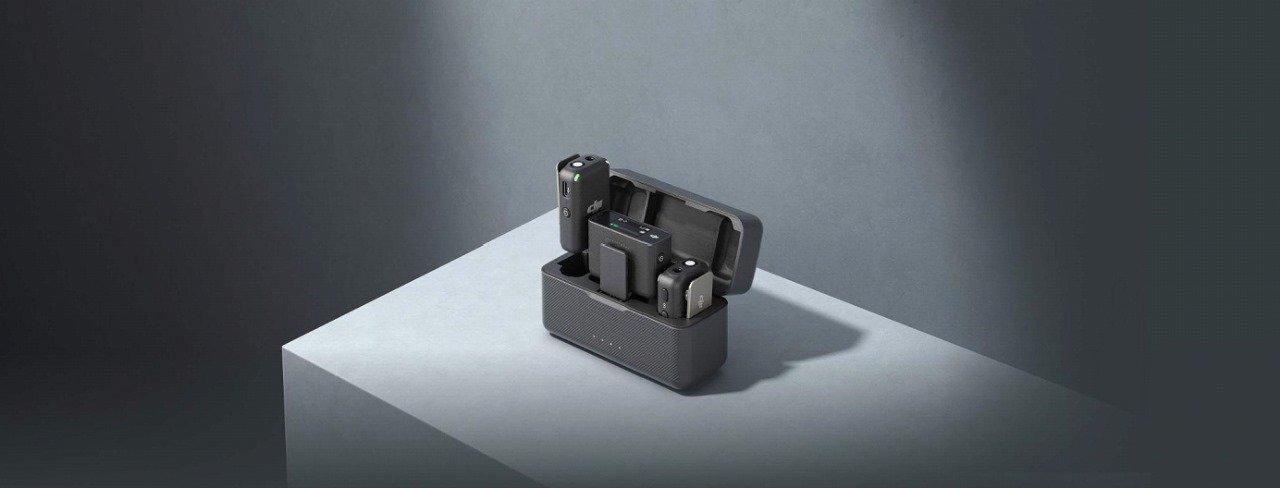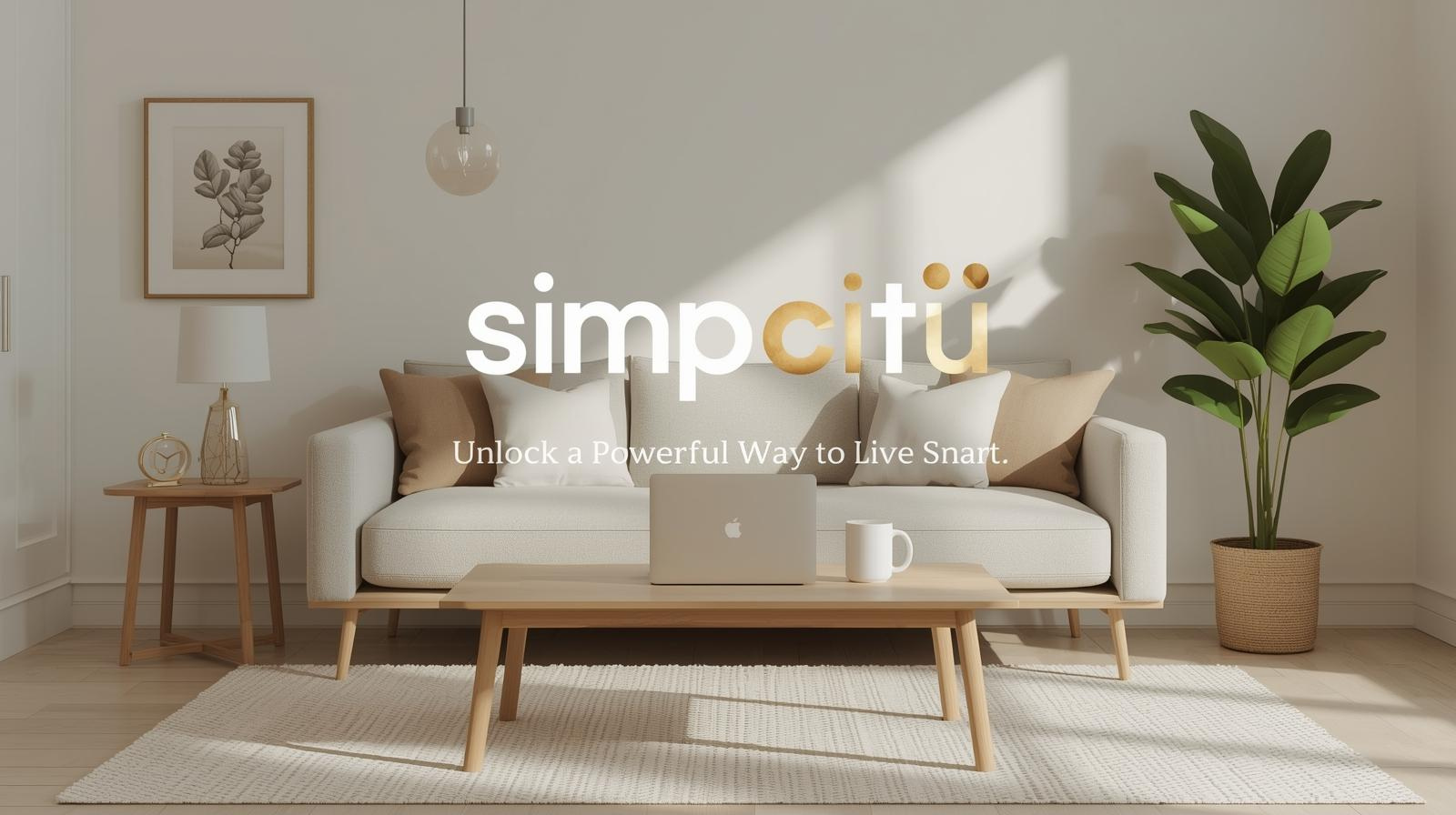In recent years, the world has been moving towards more sustainable choices, and packaging has become one of the biggest areas of change. Among the innovations gaining attention, the humble pappedeckel, which translates from German as “cardboard lid,” has begun to play a surprisingly important role. At first glance, it might seem like an ordinary cover for cups, jars, or food containers, but its eco impact is much greater than most people realise.
The Origins of the Pappedeckel
The story of the Pappedeckel begins with its purpose as a simple lid. Unlike plastic or metal alternatives, it is made from sturdy cardboard material that is both renewable and biodegradable. For decades, businesses and households relied heavily on plastic coverings, which were convenient but harmful to the environment. With increasing concern about waste and pollution, alternatives like Pappedeckel have emerged to provide the same functionality with a much lower environmental cost.
Historical Use of Cardboard Lids
The idea of using cardboard as a lid is not entirely new. For centuries, paper and cardboard were used to seal and protect goods, especially food items. Homemade jams and pickles were often covered with thick paper caps tied with strings, serving the same purpose as today’s modern Pappedeckel. Over time, industrialisation shifted packaging towards stronger materials such as metal, tin, and later plastic. While these offered durability, they also created long-term problems. The reintroduction of the cardboard lid shows how old ideas can be reinvented for modern challenges.
Why Pappedeckel is Popular in 2025
One reason pappedeckel is gaining attention today is its adaptability. Coffee shops can use it for takeaway cups, restaurants for food containers, and households for everyday storage. Because it is lightweight, it does not increase costs much, and because it is recyclable, it fits perfectly into waste management systems. People now realise that sustainable solutions do not always need advanced technology. Sometimes, a simple cardboard lid can make all the difference.
The Eco-Friendly Side of Pappedeckel
Cardboard production relies mostly on wood pulp, which when sourced responsibly, comes from renewable forests. Unlike plastic, which is made from petroleum, cardboard has a smaller carbon footprint and naturally decomposes. Once a pappedeckel has served its purpose, it can be recycled, composted, or left to biodegrade. It will not remain in landfills or oceans for centuries. This natural cycle makes pappedeckel a strong part of the circular economy, where waste returns safely to nature.
Pappedeckel as a Cultural Symbol
Opting for a cardboard lid over a plastic one demonstrates a commitment to responsibility and environmental awareness. Today’s consumers prefer businesses that use sustainable packaging, which creates a ripple effect across industries. A small café that replaces its plastic lids with pappedeckel sets an example for customers and competitors alike. When multiplied across communities, this shift has a powerful environmental impact. The pappedeckel is no longer just a functional lid; it represents a lifestyle of mindful consumption.
Creative Uses Beyond Packaging
Pappedeckel serves not just as a packaging solution but also inspires creative uses. Many people repurpose these lids into coasters, decorative covers, or art projects. Because they are easy to cut and design, they provide endless opportunities for crafting. This second life reduces waste and adds value beyond the product’s initial use. Such creativity shows that sustainability does not have to be boring or restrictive; it can also inspire imagination and innovation.
The Role in Reducing Plastic Waste
Global campaigns against single-use plastics have been gaining momentum. Governments and organisations are pushing for alternatives, and while reusable bags and straws are popular examples, small items like lids are just as crucial. Each day, countless plastic lids are thrown away. By replacing them with pappedeckel, the amount of harmful waste decreases dramatically. Each switch contributes to cleaner oceans, healthier ecosystems, and a step forward in tackling plastic pollution.
Challenges with Cardboard Lids
Like any product, pappedeckel has its limitations. Cardboard is not as durable as plastic or metal, and it can weaken when exposed to water or heavy moisture. This makes it less suitable for some packaging situations. However, innovation is addressing these challenges. New versions are coated with natural wax or biodegradable films that strengthen the lid while keeping it eco-friendly. Research is also exploring blends of cardboard and plant fibres for added durability. These improvements ensure that pappedeckel continues to evolve as a sustainable solution.
Shifting Consumer Behavior
The rise of pappadeckel reflects a broader shift in consumer behaviour. In the past, packaging decisions were based on cost and convenience. Today, more people actively search for eco-friendly options. Businesses that adapt to this demand are not only reducing their impact on the planet but also building stronger trust with environmentally aware customers. Pappedeckel fits perfectly into this shift, offering a sustainable choice without requiring major changes to packaging systems.
Everyday Impact of a Small Lid
Although small and often overlooked, the pappedeckel contributes significantly to sustainability. Each cardboard lid used instead of plastic prevents waste from lingering in the environment. Each company that adopts it strengthens the message that sustainability matters. Its eco impact lies not only in its material but also in the values it promotes. The lid is proof that little changes, when multiplied across millions of people, create meaningful results.
Future of Pappedeckel in Packaging
With rising demand for sustainable packaging, the future of the pappedeckel appears increasingly promising and environmentally significant. In the coming years, innovations may improve its water resistance, expand its uses, and even allow printing of digital information for branding. What started as a modest alternative could soon become a key player in sustainable packaging worldwide. Its journey proves that even the simplest products can adapt, improve, and create positive change on a global scale.
Conclusion
Pappedeckel is more than just a lid. It is a reminder that solutions to environmental challenges can be simple, practical, and effective. By replacing harmful plastics with biodegradable cardboard, it reduces waste, promotes responsibility, and inspires creativity. It reflects a cultural shift towards eco-conscious living and demonstrates how even ordinary items can make extraordinary differences. The lid that once seemed small and insignificant is now a symbol of big eco impact, proving that true sustainability often begins with the simplest ideas.
FAQs
Why is Pappedeckel considered better than plastic lids?
Pappedeckel is considered better than plastic lids because it is biodegradable, eco-friendly, and reduces environmental waste. Unlike plastic, which takes centuries to break down, cardboard lids naturally decompose, making them a sustainable alternative for everyday use.
Can Pappedeckel lids be reused multiple times?
Yes, Pappedeckel lids can be reused depending on their condition. If they are kept dry and undamaged, they can serve multiple purposes before recycling. This makes them both practical and environmentally efficient.
Are Pappedeckel lids safe for food and beverages?
Absolutely. Pappedeckel lids are made with food-grade, safe materials that do not release harmful chemicals. They are designed to be used for cups, containers, and other food packaging without compromising safety or hygiene.
How does Pappedeckel help in reducing carbon footprint?
By replacing plastic with biodegradable cardboard, Pappedeckel significantly lowers carbon emissions during production and waste management. Its recyclable nature also means less reliance on fossil fuels, helping reduce overall environmental impact.
Where can Pappedeckel lids be used apart from beverages?
Pappedeckel lids are versatile and can be used in bakery packaging, take-away food containers, eco-friendly events, and even in crafting. Their adaptability makes them a useful solution for both commercial and personal use.




